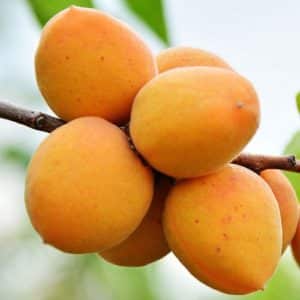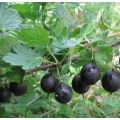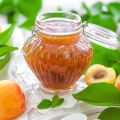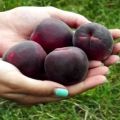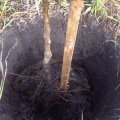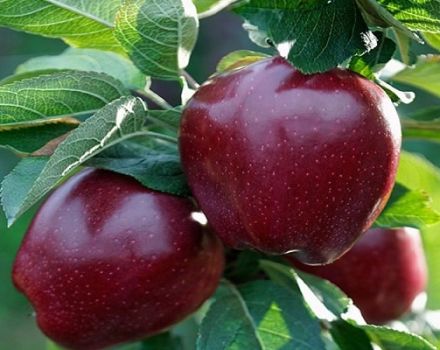Description of the variety of apricots Black Velvet, advantages and disadvantages, planting and care
Many summer residents dream of growing exotic crops that will amaze everyone with their original and tasty fruits. These qualities are possessed by the Black Velvet apricot variety. The tree is unpretentious and does not require special knowledge of care. Unusual fruits have a good tasting score. The main plus is the ability of apricot to grow in central Russia.
Content
Description of the variety
The variety arose by accident as a result of unintentional cross-pollination of trees:
- regular apricot;
- cherry plums.
The seeds from the fruits were planted, as a result of which a new kind of apricots took root and attracted the attention of breeders.
Thanks to this, it became possible to obtain new types of black apricots. One of which is Black Velvet.
Description of the variety:
- a plant with a flat-round, spreading crown;
- the variety has an average growth, it grows a maximum of 20 centimeters per season;
- bears fruit from the 4th year;
- frost-resistant;
- flowers are not afraid of recurrent frosts;
- for a good harvest, it is required to plant pollinators nearby;
- fruits of black-purple color, juicy.
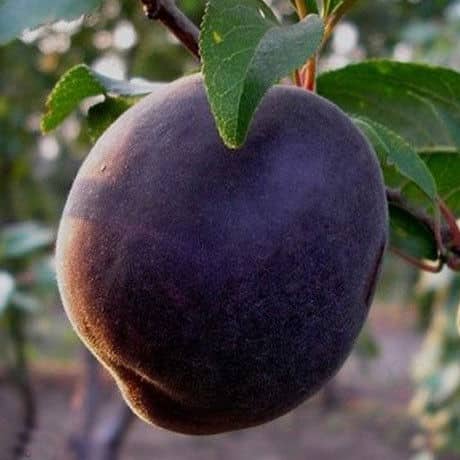
Apricots grow small in size, weighing about 30 grams.
Characteristics of the variety
Apricot Velvet has the strong qualities of apricots and cherry plums. Before planting a crop, it is necessary to carefully study the characteristics and find out if the variety is suitable for growing in certain conditions.
Drought resistance, winter hardiness
The ideal condition for a bountiful and stable harvest is a sunny, calm, warm summer. The plant tolerates low temperatures well. Unlike the usual varieties of apricots, the flowers do not fall off during recurrent frosts, and as a result, the yield rises. But the summer drought Black Velvet does not tolerate well. Therefore, it requires regular watering.
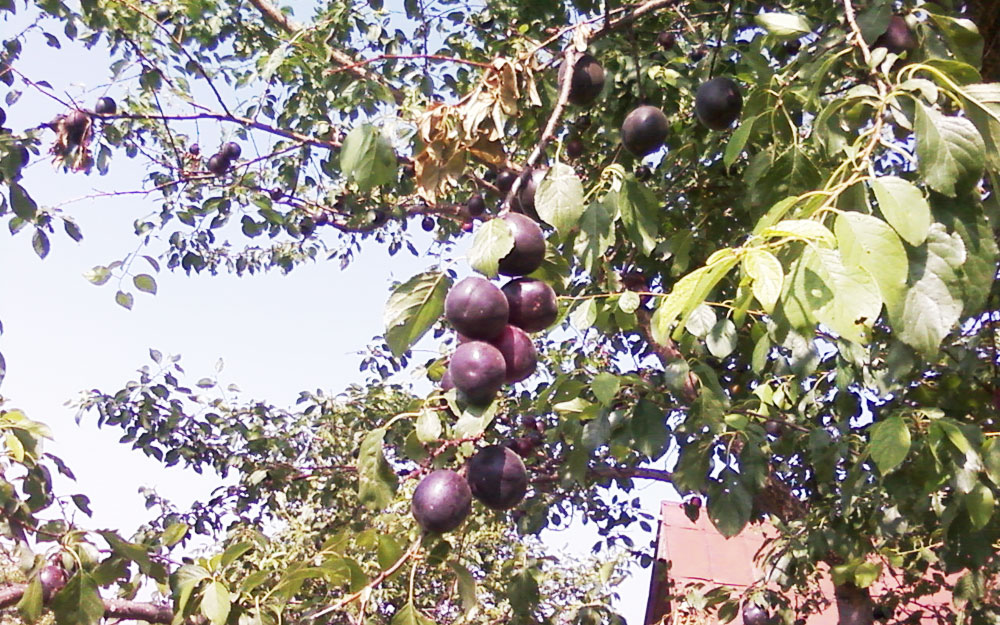
Pollination, flowering period and ripening times
The variety is partially self-fertile, therefore it is required to plant pollinators nearby, which include:
- common apricot;
- Chinese plum;
- turn;
- Russian plum;
- cherry plum.
Flowering occurs later than the usual varieties of apricots. The fruits reach technical maturity:
- in warm areas in July;
- in the middle lane in August.
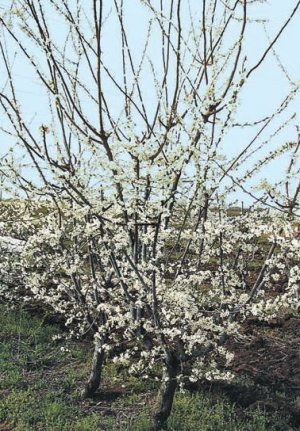
For better yields, it is recommended to plant several Black Velvet seedlings side by side.
Productivity and fruiting
The plant begins to bear fruit from the 4th year.
Fruit:
- small;
- with a velvety skin of medium density;
- multiple;
- weighing no more than 30 grams;
- brown or blue tint;
- fragrant, juicy;
- sweet and sour.
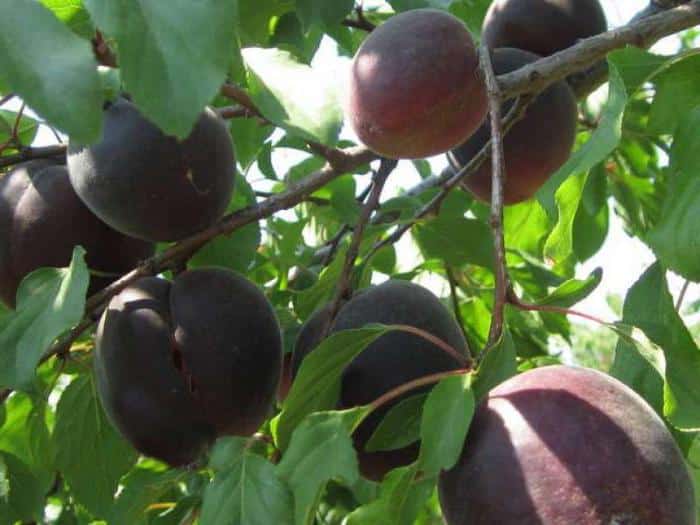
The tree at maturity gives about 60 kilograms of fruit. Bears fruit regularly. The variety is universal. Therefore, apricots are eaten fresh and used for conservation. Harvested on time, slightly unripe fruits without damage are stored for about 4 months in a well-ventilated basement. The harvest is pre-laid in three layers in boxes.
Disease and pest resistance
The plant is resistant to:
- moniliosis;
- clotterosporium disease;
- cytosporosis.
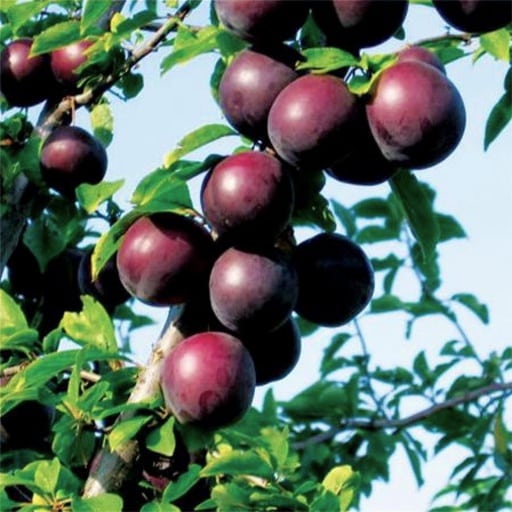
These are the most common diseases that commonly affect stone fruits. Due to its high resistance to fungal diseases and systematic preventive measures, the plant gives a bountiful annual harvest.
Pests dangerous for the variety:
- weevil beetle;
- crunchy.
Prevention is able to prevent the attack of pests by almost 100%.
Advantages and disadvantages
Advantages of the Black Velvet apricot variety:
- high winter hardiness;
- long shelf life of the crop;
- disease resistance;
- the tree is compact, low;
- good transportability of fruits;
- neat crown;
- regular fruiting;
- high productivity.
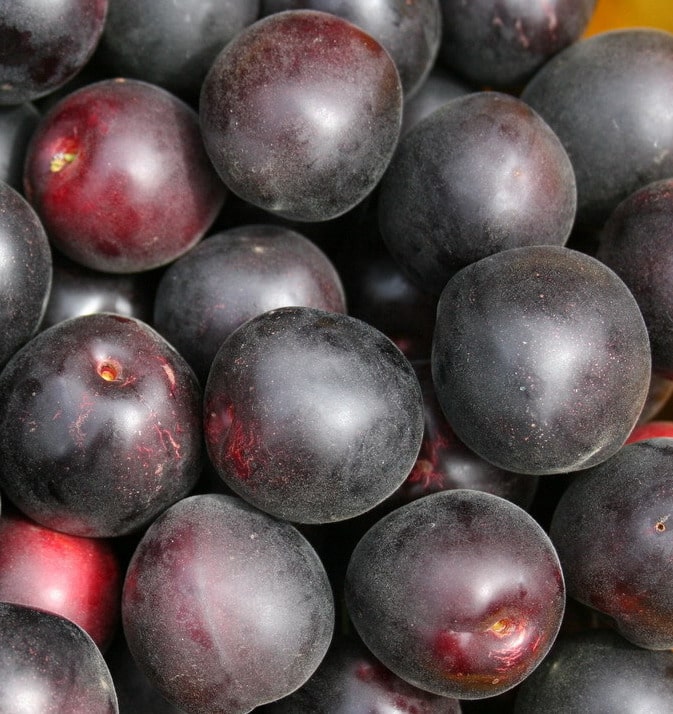
Disadvantages:
- small fruit size;
- the culture does not tolerate drought;
- wet summers can provoke root decay.
Features of planting and care
Planting rules do not differ from the usual varieties of apricots. In order for the plant to grow and develop quickly, choose the right place for planting and correctly plant the seedling:
- the place is chosen well lit with constant access to sunlight;
- so that low temperatures do not damage trees, apricots are planted near the households. buildings or next to the house;
- the plant does not tolerate waterlogging, therefore, seedlings are not planted in the lowlands;
- choose a light loamy soil;
- seedlings are planted immediately to a permanent place, since the plant does not tolerate transplantation;
- a seedling with an open root system is planted in early spring, a containerized tree is allowed to be planted from early spring to mid-October.
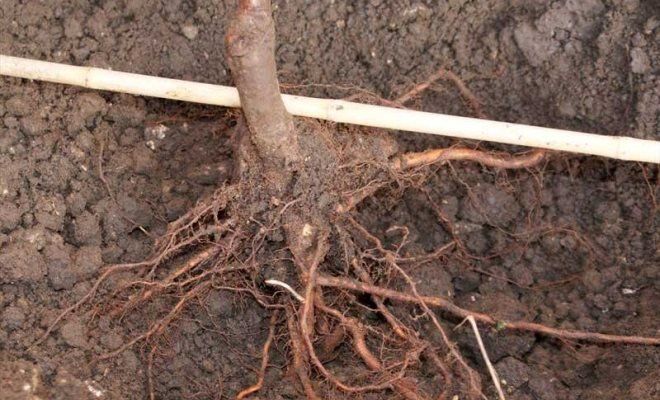
Before planting, the land is fertilized. After planting the plant, the near-stem section is mulched with sawdust.
Care includes:
- regular feeding;
- shelter for the winter;
- pruning;
- watering.
After pruning, in order to avoid infection with diseases, the cuts are treated with garden pitch.
Disease and pest control
Prevention is the plant's best defense. For this:
- In autumn, the garden is cleared of leaves. This prevents pests from breeding. The foliage is burned and the ash is used as fertilizer.
- Sick and dried branches are removed, and the crown is also regularly thinned out. The procedure is carried out before the onset of cold weather or in early spring. The branches are burned.
- To protect the plant from pests, the trunk and large branches are whitewashed with special garden paints.
- To protect trees from rodents in winter, the trunks are wrapped with roofing material.
- Before the first leaves appear, the tree is treated with a solution of copper sulfate.
- Protect the plant from insects with a trapping belt.
- Treated with systemic fungicides to prevent fungal diseases.
If you follow simple recommendations, Black Velvet will delight you with an abundant harvest of tasty, juicy fruits.

